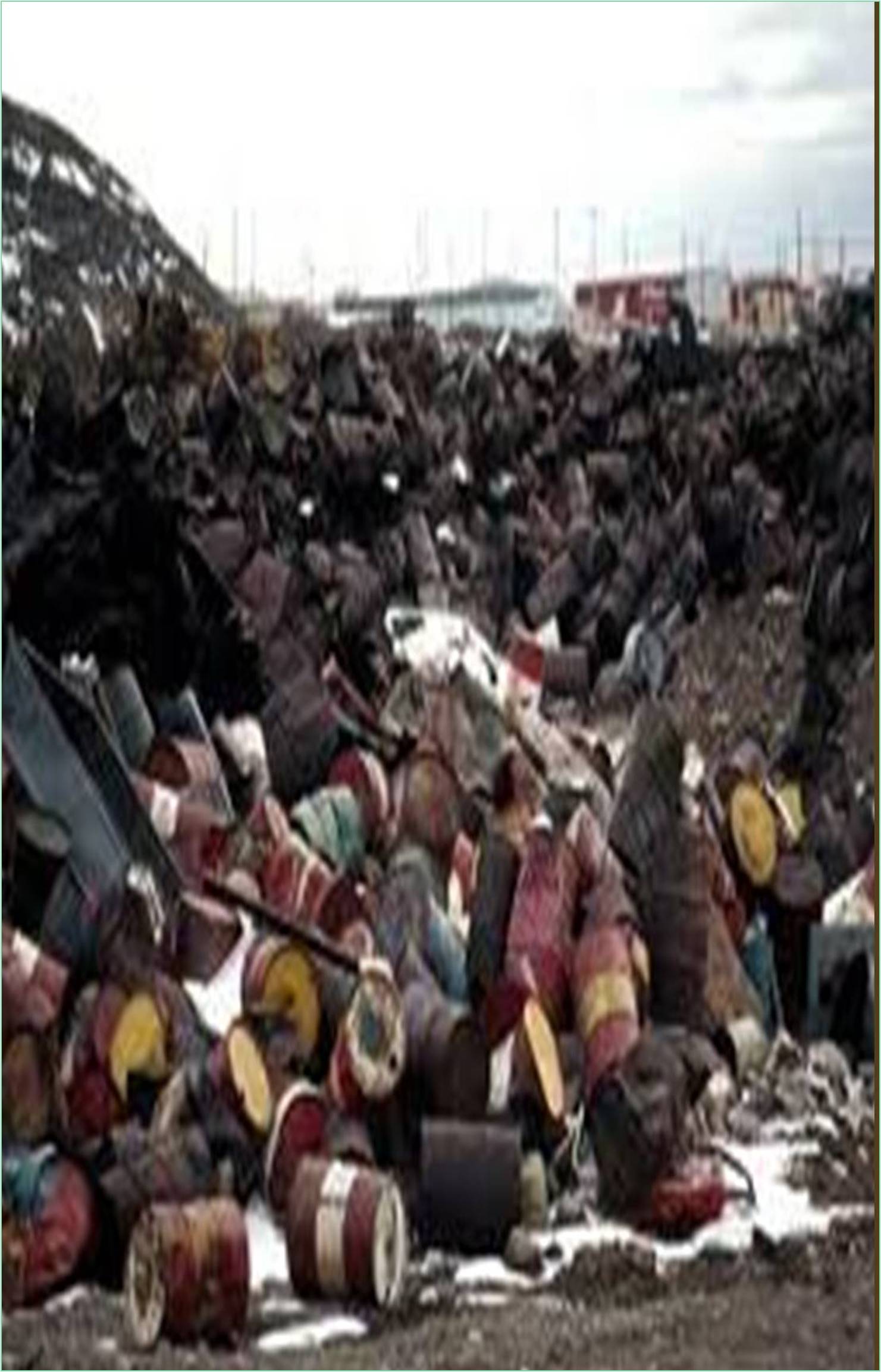



Received: 24-Jan-2022, Manuscript No. GJPHWM-22-59471; Editor assigned: 26-Jan-2022, Pre QC No. GJPHWM-22-59471 (PQ); Reviewed: 10-Feb-2022, QC No. GJPHWM-22-59471; Revised: 14-Feb-2022, Manuscript No. GJPHWM-22-59471 (R); Published: 21-Feb-2022, DOI: 10.15651/GJPHWM.22.5.17
Medical waste is a source of generation of dangerous biomedical waste. Medical waste generation and disposal is a crucial aspect, specifically in countries with terrible hygiene and high population. Policies should be framed to avoid spread of infections by supplying specification for dealing with waste for generation, segregation, collection, storage, transportation, and treatment. Awareness need to be created at all stages of society through various methods of communication and education, so that the dangers of spreading the health hazards can be minimized. This offers with clinical waste, concepts of waste control program, and categories of health-care waste, parameters to be monitored in health-care waste, finances to be managed.
A waste is toxic if it is harmful to a human (or animals) after it enters the body. Toxicity here is a chemical property. Bacteria and other pathogens may be dangerous; however they’re now no longer taken into consideration poisonous. Heavy metal waste is often poisonous. Used batteries frequently have heavy metals. Some chemotherapy tablets are genotoxic. Reactive refers to chemical reactivity and the capacity of a material to rapidly breakdown or react in a manner that releases a variety of warmth or gases and vapours. It is difficult to quantify how reactive something is and whether it passes a threshold to become hazardous. It’s typically a judgment that comes out of a conversation with the regulatory authority. A waste that is susceptible to chemical breakdown spontaneously at ambient temperatures is taken into consideration. If toxic fumes or gases (such as sulphide or cyanide gases) form, the material is considered reactive. As substances present in the same facility that could react with every different can be taken into consideration reactive waste, at the same time as every cloth with the aid of using itself would possibly now no longer. Reactive substances at health care centres consist of oxidizers (bleach, hydrogen peroxide, potassium dichromate, potassium permanganate) and reducers (sodium bisulfite, sodium sulfite).
Medical wastes require careful disposal and containment before collection and consolidation for treatment. OSHA has dictated preliminary measures for discarding regulated clinical-waste objects. These measures are designed to protect the people who generate clinical wastes and who manage the wastes from factor of generation to disposal. A single, leak-resistant biohazard bag is generally adequate for containment of regulated medical wastes, supplied the bag is sturdy and the waste may be discarded without contaminating the bag’s exterior. The infection or puncturing of the bag requires placement into a second biohazard bag. All bags have to be securely closed for disposal. Puncture- resistant packing containers placed on the factor of use (e.g., sharps packing containers) are used as containment for discarded slides or tubes with small quantities of blood, scalpel blades, needles and syringes, and unused sterile sharps. To prevent needlestick injuries, needles and different infected sharps should not be recapped, purposefully bent, or damaged by hand. CDC has posted well known hints for managing sharps. Health-care centers may also want extra precautions to save you the manufacturing of aerosols at some point of the managing of blood-infected gadgets for certain uncommon illnesses or conditions (e.g., Lassa fever and Ebola virus infection).
Transporting and storing regulated scientific wastes in the health-care facility prior to terminal treatment is often necessary. Both federal and country guidelines deal with the secure transport and storage of on- and off-site regulated scientific wastes. Health-care centers are informed to dispose medical wastes often to avoid accumulation. Medical wastes requiring storage must be kept in labelled, leak-proof, puncture-resistant containers under conditions that reduce or prevent foul odours. The storage area must be well ventilated and be inaccessible to pests. Any facility that generates regulated clinical wastes must have a regulated medical waste management plan to ensure health and environmental protection as consistent with federal, country, and local regulations.